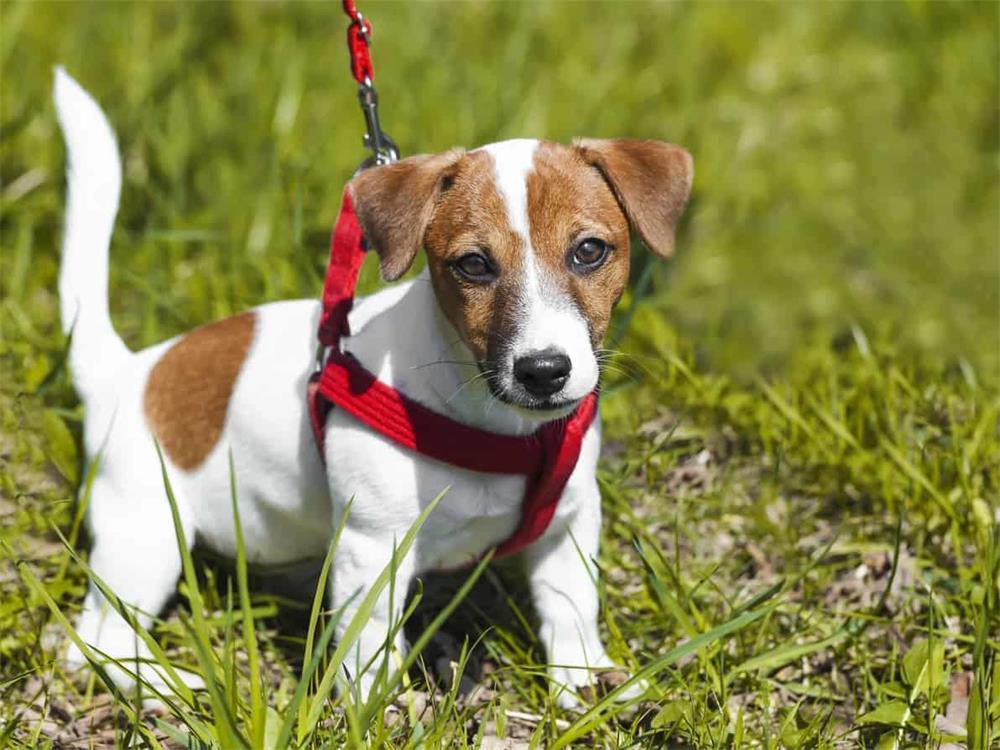Contents
Walking on a leash is an important skill for your pet to learn, whether it is a dog, a cat, or even a rabbit. It can make taking your pet in public places much easier and safer, and it can also provide mental and physical stimulation for your pet. However, leash training is not something that happens overnight. It requires patience, consistency, and positive reinforcement from you. Here are some steps you can follow to train your pet to walk on a leash.
Step 1: Introduce the collar or harness and leash
Before you take your pet outside, you need to get them used to wearing a collar or harness and a leash. Choose a comfortable and well-fitting collar or harness that is suitable for your pet’s size and breed. Avoid choke chains, prong collars, or shock collars, as they can cause pain and fear in your pet. Choose a 4-foot or 6-foot leash that is not retractable, as retractable leashes can be dangerous and hard to control.
Start by letting your pet wear the collar or harness and leash for short periods of time in the house while you are playing with them and giving them treats. This will help them associate the equipment with positive experiences and reduce their fear or resistance. Gradually increase the duration and frequency of wearing the collar or harness and leash until your pet is comfortable with them.
Step 2: Teach a cue
Next, you need to teach your pet a sound cue that means “food is coming”. This can be a clicker, a word like “yes”, or a tongue click. The cue will help you mark the behavior you want from your pet and reward them for it.
To teach the cue, in a quiet and distraction-free area, with your pet on a leash and collar or harness, make the sound. The second your pet turns toward you and/or looks at you, reward them with a treat. Repeat this several times until your pet responds to the sound consistently.
Step 3: Teach your pet to come to you
Now that your pet knows the cue, you can use it to teach them to come to you when you call them. This will help you keep your pet close to you and prevent them from pulling on the leash.
To teach your pet to come to you, while they are on their way to you, still wearing the leash and collar or harness, back up a few paces and then reward them with the cue and a treat when they get to you. Repeat this several times until your pet comes to you reliably.
Step 4: Teach your pet to walk on a loose leash
The final step is to teach your pet to walk on a loose leash without pulling or lagging behind. This will make walking more enjoyable for both of you and prevent injuries or accidents.
To teach your pet to walk on a loose leash, follow these tips:
- Decide what side you want your pet to walk on, and hold some treats on that side of your body.
- Hold your leash in the hand opposite the pet.
- Take a step, then stop.
- Reward your pet with the cue and a treat at your side, along the seam of your pants.
- Repeat this process until your pet is looking eagerly up at you for more treats.
- Gradually take more steps between each treat.
- You can talk to your pet to help keep their attention on you.
- When your pet walks well on a loose leash, give this kind of walk a name. It could be “heel”, “with me”, “let’s walk”, or another word/phrase of your choice.
- Release your pet with another word/phrase (such as “all done”, “okay”, “free time”) when they no longer need to walk in heel position.
If your pet pulls ahead, stop walking immediately and do not budge. Call your pet back to you, or use the treats in your hand to lure them back to your side, but don’t treat them yet: take two to three steps forward before rewarding them. This will prevent them from learning that pulling gets them what they want.
If your pet lags behind, stop walking and encourage them to catch up with you with a cheerful voice or a treat. Do not drag or yank them along, as this can hurt them or make them more reluctant.
Conclusion
Leash training is not only beneficial for safety reasons, but also for bonding with your pet and providing them with mental and physical stimulation. By following these steps and using positive reinforcement, you can teach your pet to walk on a leash in no time. Remember to be patient, consistent, and have fun with your pet!







